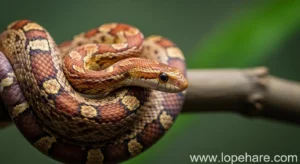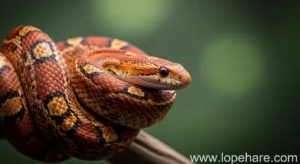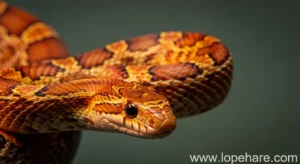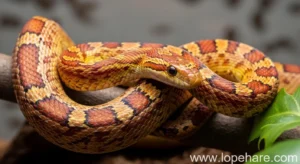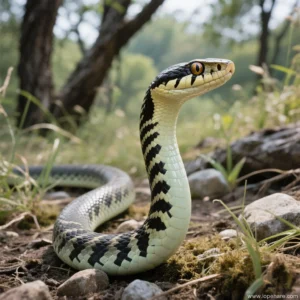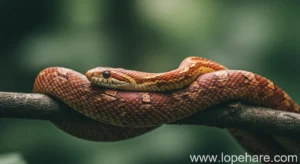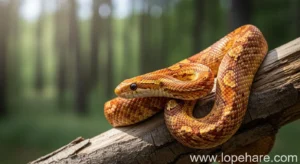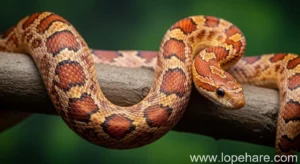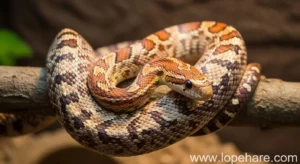Snake Care
Traveling with Your Corn Snake: Tips for a Safe Trip
Life happens, and sometimes that means you need to travel. If you’re a dedicated corn snake keeper, the question naturally arises: what about your scaly companion? Here at lopehare.com, we understand the unique bond with exotic pets and the need for responsible care in all situations, including travel. Transporting a corn snake might seem daunting, but with careful planning and preparation, you can ensure your pet has a safe and stress-free journey. This guide covers the essential steps to make traveling with your corn snake a success.
Introduction: Planning for the Journey
Unlike packing a suitcase for yourself, traveling with a pet, especially a cold-blooded reptile like a corn snake, requires meticulous attention to detail. Reptiles are highly sensitive to environmental changes, stress, and improper handling. Ignoring these factors can lead to significant health issues or even fatalities. Our goal at lopehare is to equip you with the knowledge needed to confidently undertake this task, minimizing risk and ensuring your corn snake’s well-being every step of the way.
Pre-Travel Preparation: Health & Gear
Before you even think about packing your corn snake, assess your pet’s health. A healthy snake is much more resilient to the stress of travel than one that is already compromised. If your snake has shown any signs of illness (lethargy, respiratory issues, unusual lumps, etc.), it’s best to postpone non-essential travel and consult a reptile veterinarian. A vet visit before a long trip is also a good idea for peace of mind, ensuring your snake is in peak condition.
Gather all necessary supplies well in advance. This includes:
- Suitable travel carrier
- Heating/cooling elements (heat pack, cool pack)
- Thermometer/hygrometer for the carrier
- Substrate for the carrier (paper towels are ideal)
- Small hide for security
- Water source (if applicable, see hydration section)
- First-aid supplies (just in case)
- Emergency contact information for reptile vets along your route or destination
Choosing the Right Travel Carrier
Selecting an appropriate carrier is paramount for your snake’s safety and comfort during transit. The carrier should be secure, well-ventilated, and appropriately sized. It needs to be escape-proof – snakes are notorious escape artists! Common options include:
- Ventilated Plastic Tubs: Often the simplest and most cost-effective. Ensure the lid fastens securely and ventilation holes are present but small enough to prevent escape.
- Fabric Snake Bags: Breathable cotton bags can work for short trips, placed inside a secondary container for security. Not suitable for long journeys needing specific temperature/humidity control.
- Locking Plastic Containers with Custom Ventilation: A more secure version of the tub, specifically designed for reptiles.
The carrier should be large enough for the snake to stretch out somewhat and turn around, but not so large that they are tossed around during movement. A small hide should be included to give the snake a sense of security during the stressful experience.
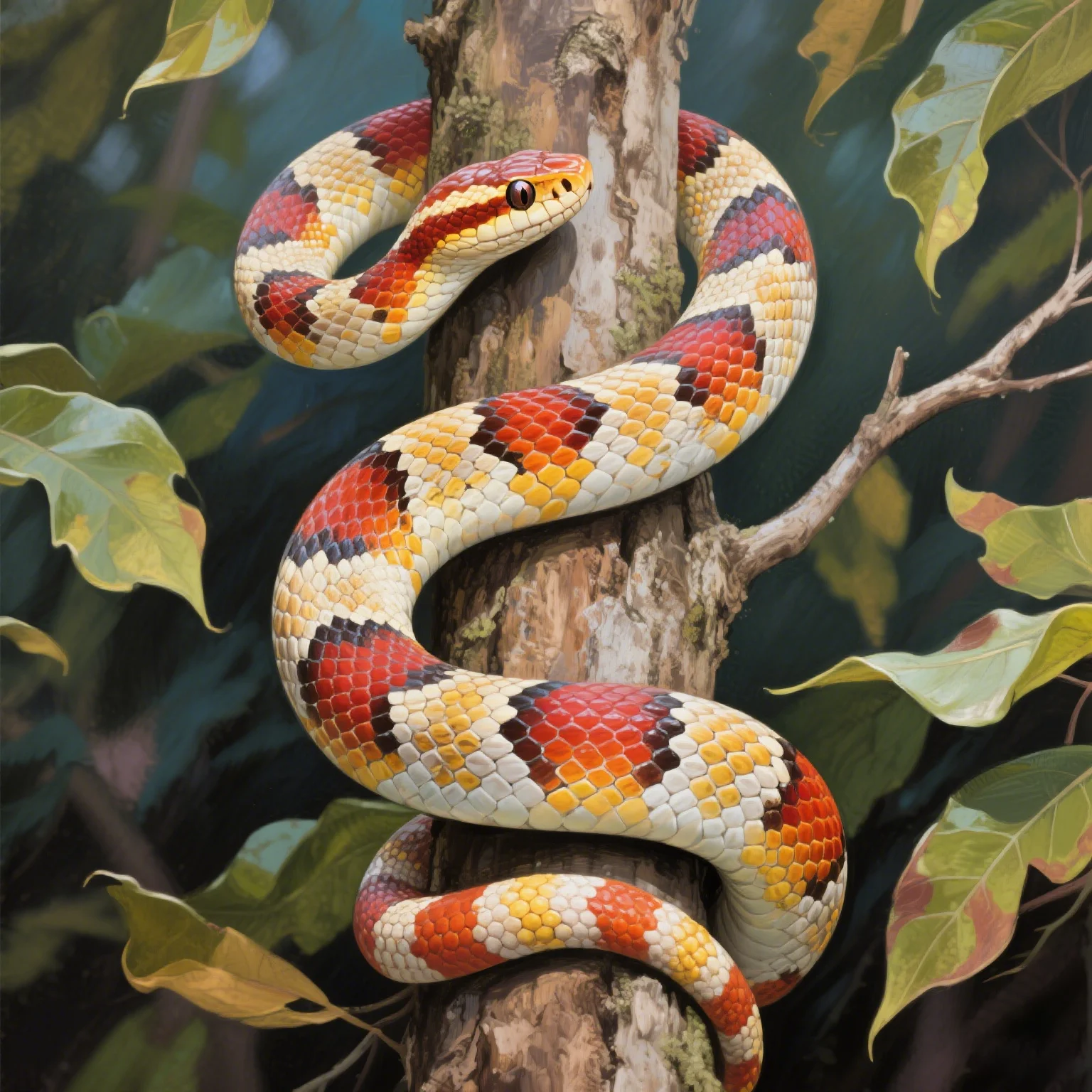
Line the carrier with a simple, absorbent substrate like paper towels. This makes cleaning easy if needed and allows you to monitor for urine/feces, indicating hydration status and stress levels.
Maintaining Environment During Travel
Maintaining the correct temperature and humidity within the carrier is arguably the most critical aspect of safe corn snake travel. Corn snakes thrive in temperatures roughly between 75-82°F (24-28°C). Extremes of hot or cold can be rapidly fatal.
Avoid Direct Heat/Cold: Never place the carrier in direct sunlight, in a hot car trunk, or directly next to an air conditioning vent. Rapid temperature fluctuations are highly dangerous.
For temperature control:
- Cool Weather: Use a heat pack (like those used for shipping reptiles) securely taped to the outside of one end of the carrier, *never* inside. Insulate the carrier further with a towel or thermal bag. Monitor the temperature inside the carrier with a small thermometer.
- Warm Weather: Use a frozen water bottle or cool pack wrapped in a towel, placed outside the carrier. Again, monitor temperature carefully to prevent chilling.
Humidity is also important. While not as critical as temperature for short trips, for longer journeys, a small piece of damp (not dripping) paper towel inside the carrier can help maintain humidity. Ensure there is still plenty of ventilation to prevent stagnant, overly humid air.
Monitoring the temperature inside the carrier with a reliable thermometer throughout the trip is non-negotiable. If you are traveling by car, check the temperature every hour or so. If traveling by air (which is significantly more complex and often not recommended for pet snakes due to cargo hold conditions), you have less control and must rely heavily on airline pet policies and specialized shipping services.
Feeding & Hydration Strategy
Generally, it’s best not to feed your corn snake right before or during travel. A snake with food in its stomach is more likely to regurgitate due to stress or temperature fluctuations, which is harmful. Plan to feed your snake at least 3-4 days *before* your departure to allow for digestion. Do not feed immediately upon arrival; wait at least 24-48 hours to let them settle into their new environment.
Hydration during travel is also tricky. Most corn snakes won’t drink standing water in a moving carrier. For trips under 12-24 hours, adequate hydration beforehand is usually sufficient. For longer trips, providing a small, shallow water dish that is secure against spills, or offering a brief misting session during a planned stop, can be considered, but these actions can also add stress. Relying on the damp paper towel substrate is often the safest method for maintaining humidity and offering a slight source of moisture without the risk of drowning or spills.
Minimizing Stress & Ensuring Safety
Travel is inherently stressful for animals. Your goal is to make it as calm and predictable as possible.
- Limit Handling: Only handle your snake when absolutely necessary (getting them into/out of the carrier).
- Keep it Dark: Covering the carrier with a towel can help keep the snake calm by reducing visual stimuli.
- Reduce Noise & Vibrations: Place the carrier in a location in the car where vibrations and loud noises are minimized, ideally secured so it doesn’t slide around.
- Avoid Opening Carrier: Do not open the carrier unnecessarily during the trip. If you must check on the snake, do so quietly and quickly.
According to the Wikipedia page on Corn Snakes, their generally docile nature makes them more adaptable than some other species, but they still react negatively to stress. Recognizing signs of stress (increased activity, frantic attempts to escape, hiding excessively, regurgitation) allows you to adjust conditions if possible.

For car travel, plan your route and stops. Short, frequent stops are generally better than one long one. Never leave the snake unattended in a parked car, as temperatures can rise or fall dangerously fast.
Arrival and Post-Travel Settling In
Once you arrive at your destination, the journey isn’t quite over for your snake. Prepare their temporary or new enclosure *before* you arrive. Set it up exactly as you would their permanent home, with appropriate temperature gradient, humidity, hides, and fresh water.
Gently transfer your snake from the travel carrier to their prepared enclosure. Then, leave them alone! Resist the urge to handle or interact with them for at least 24-48 hours. This allows them to explore their new surroundings, find their hides, and decompress from the stress of travel. Monitor them from a distance to ensure they are active (when they should be) and exploring.
Offer water, but wait to offer food until they seem settled and are exhibiting normal behaviors. This typically means waiting at least 24-48 hours, sometimes longer depending on the snake’s individual reaction to the move.
Conclusion: A Safe Trip is Possible
Traveling with a corn snake requires careful planning, attention to environmental controls, and a focus on minimizing stress. While it adds a layer of complexity to your travel plans, with the right preparation – from choosing a secure carrier and maintaining temperature to understanding their feeding and hydration needs – you can successfully and safely transport your beloved pet. At lopehare.com, we encourage all exotic pet owners to prioritize their animal’s welfare, especially during transitions like travel. Your corn snake relies on you for their safety and comfort, making these preparatory steps crucial for a positive travel experience for both of you.
Always Check Regulations: Before traveling, especially across state or international borders, research any laws or regulations regarding transporting reptiles. Some locations may have restrictions or require permits.
References:
- Wikipedia – Corn snake
- Information regarding reptile transport best practices is often found in herpetoculture guides, veterinary journals (e.g., *Journal of Herpetological Medicine and Surgery*), and guidelines from organizations like the Association of Reptile and Amphibian Veterinarians (ARAV). Specific citations can vary based on detailed sources used.
